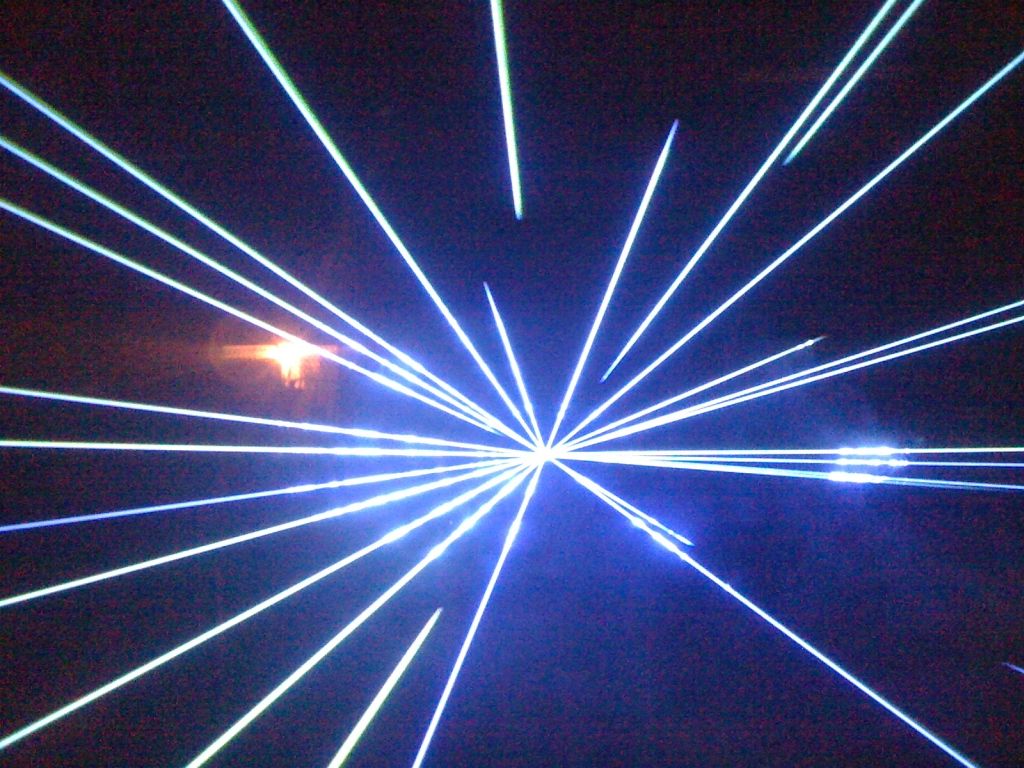- Joined
- May 6, 2009
- Messages
- 21
- Points
- 0
AFAIK there is only 1 camera in existence that is able to capture light travelling. There is a video of it on Youtube somewhere. However, even then it isn't really capturing it in a single shot, it fired the laser hundreds of times and gets a frame at different times, each time, until you have a video.
Are you refering to the holographic technique called Light-in-flight? In this setup you use a short laser pulse which is devided into an object beam and a reference beam to a holographic plate. The object beam pulse travels along the object and reflect onto the holographic plate. By sweeping the reference beam over the plate, different parts of the reflected object pulse will interfere with the reference beam pulse in different parts of the plate. After development, you can replay the pulse as it travels along the object.
KUBOTA HOLOGRAPHY LAB





